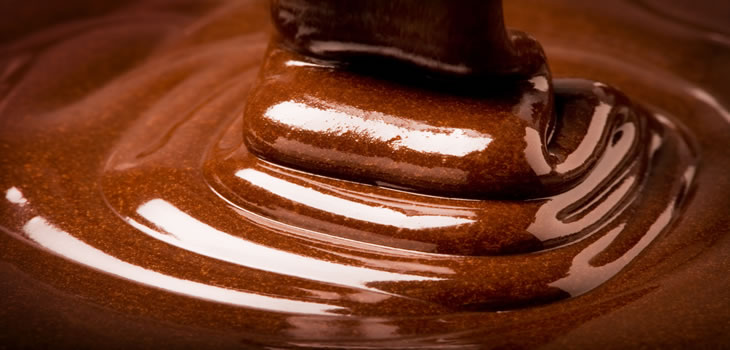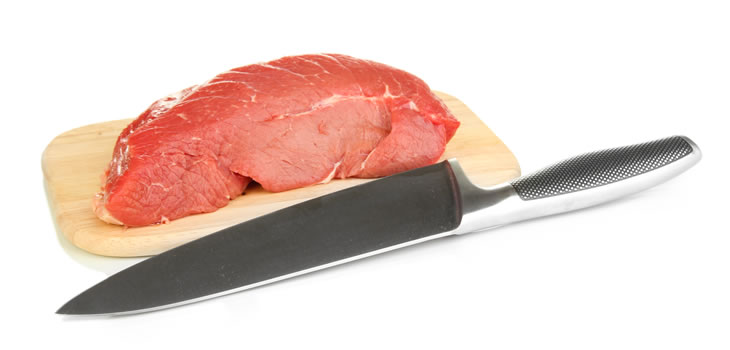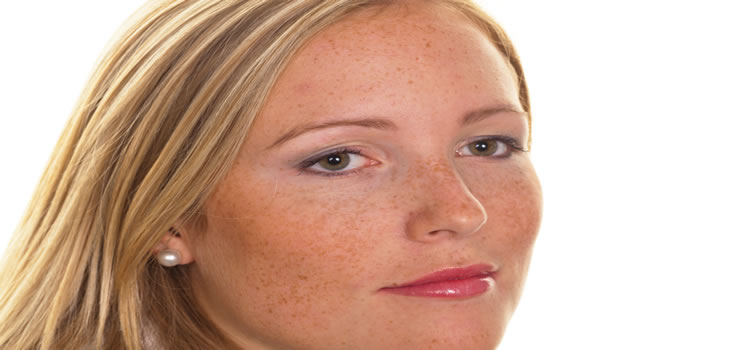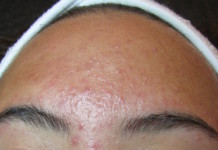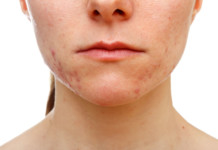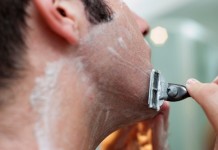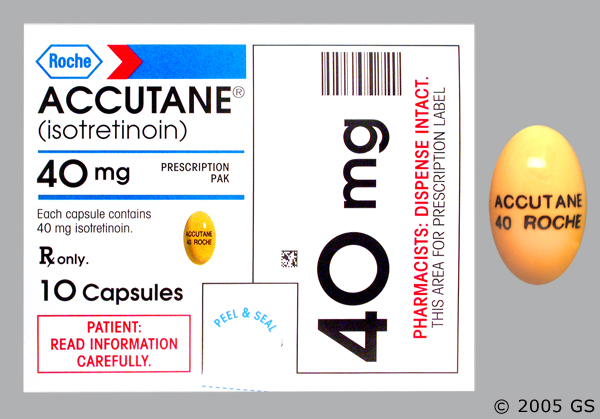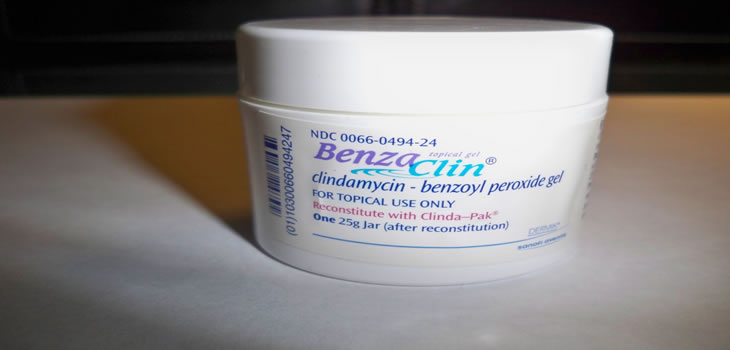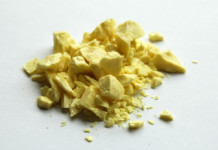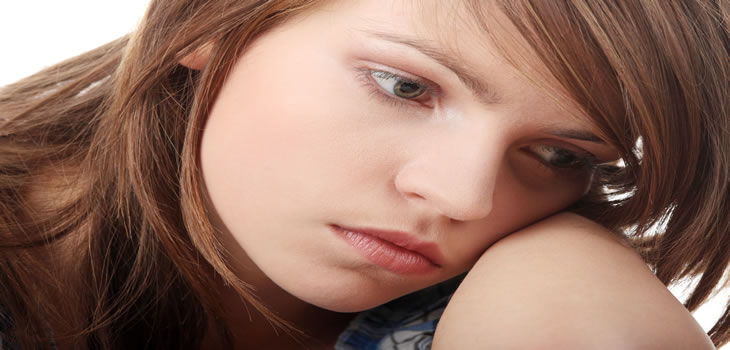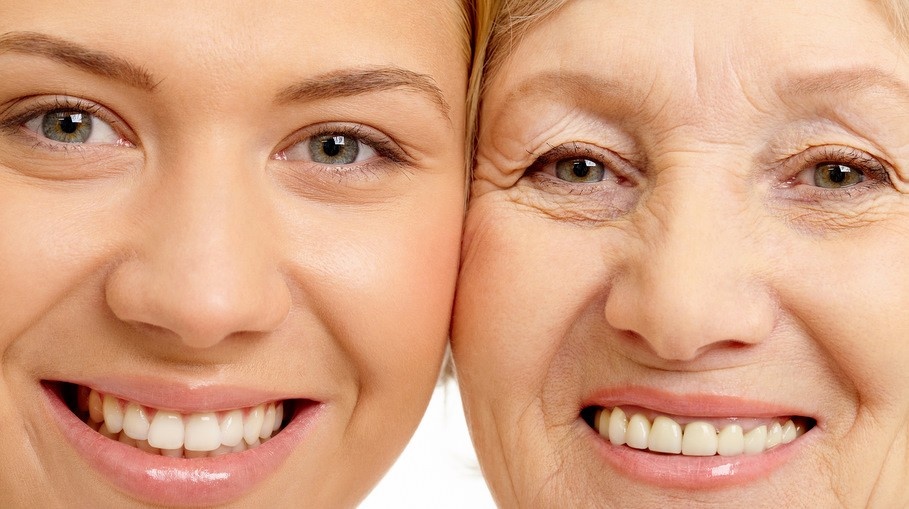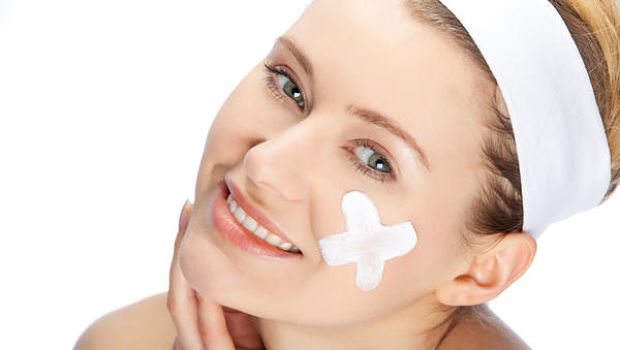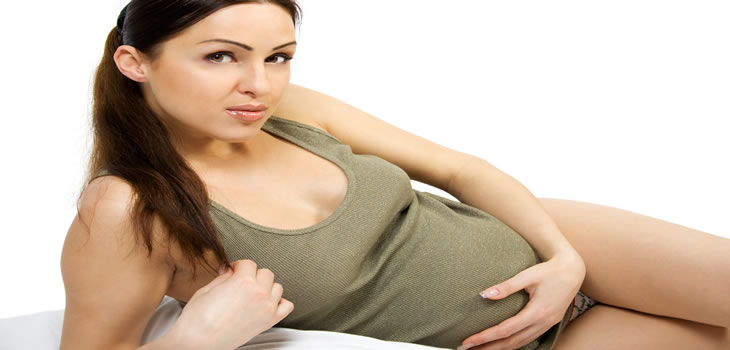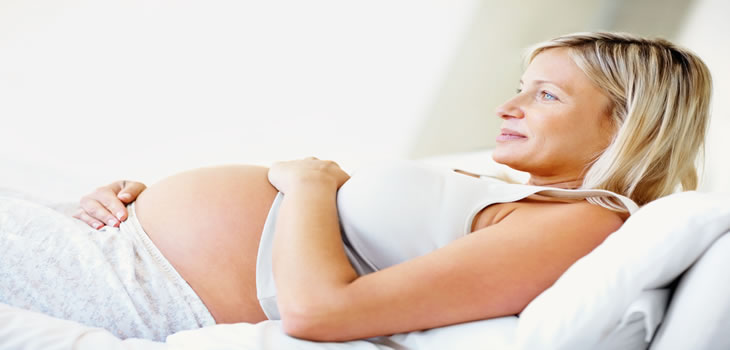 Physiological changes of the skin are normally experienced by pregnant women. There is no cause for worry as these changes are generally associated with pregnancy and your skin will return to normal a few weeks after the baby is born. Yes, your skin might get red during pregnancy. This might happen in certain areas such as the palms, upper chest, arms, abdomen, neck, or face. During pregnancy acne may also be a possible symptom. Some redness or rosacea like conditions might be seen on the face due to pregnancy acne. During the period of pregnancy acne and skin care products need to be chosen wisely.
Physiological changes of the skin are normally experienced by pregnant women. There is no cause for worry as these changes are generally associated with pregnancy and your skin will return to normal a few weeks after the baby is born. Yes, your skin might get red during pregnancy. This might happen in certain areas such as the palms, upper chest, arms, abdomen, neck, or face. During pregnancy acne may also be a possible symptom. Some redness or rosacea like conditions might be seen on the face due to pregnancy acne. During the period of pregnancy acne and skin care products need to be chosen wisely.
Most of the changes in the skin during pregnancy are normal and they need not be mistaken for a disorder. However, in some cases medical intervention may be required. Some of the common reasons for redness of the skin during pregnancy are striae gravidarum or pregnancy stretch marks, chafing under the breasts or between thighs, prurigo gestationis, papular dermatitis, PUPPP (Pruritic Urticarial Papules and Plaques of Pregnancy), and pregnancy acne.
Pregnancy acne-Due to the raised levels of sex hormones in the body the oil glands on the skin get stimulated to secrete more sebum. This may cause blocked pores and bacteria buildup that would lead to pregnancy acne. Pregnancy acne may cause redness in areas affected by it.
Striae gravidarum-The abdomen, thighs, and breasts may have thin brown/reddish lines or stretch marks. This happens due to disrupted protein balance caused by high hormonal levels.
Prurigo gestationis-These are itchy red dots on the upper body in the early months of pregnancy and on the abdomen in the later months.
Papular dermatitis-Abnormal blood hormone levels are believed to be the cause of this problem. These occur as raised red spots all over the body, sometimes covered in scabs, and extremely itchy. Medical help is needed in such cases.
PUPPP (Pruritic Urticarial Papules and Plaques of Pregnancy)-This is the most common pregnant skin condition. Red raised itchy bumps on the abdomen, thighs and spreading to the arms and buttocks are linked with fetal cells.
Red palms-Red palms or soles of the feet may occur in the second month of pregnancy. This is a kind of erytherma which soon disappears.
Just as pregnancy acne, almost all of these skin conditions causing redness or irritation will disappear around 3 weeks after delivery. You need not worry as these symptoms are perfectly normal and every pregnant woman faces it. If you have pregnancy acne then you can treat it at home with an organic face mask, natural acne treatments or remedies, home acne cures and by using organic beauty products.
Acne treatment during pregnancy needs to be discussed with your doctor in case you are required to use something other than natural skin care solutions. During pregnancy acne and skin care products need to be chosen carefully. Many over-the-counter acne medications and acne drugs contain harmful ingredients that could cause serious birth defects. So you should be wary of what you use orally or topically. Pregnancy acne can be treated, not only that, your skin will return to normal once you have had the baby. You don’t want to make a wrong choice with medications for pregnancy acne that could cause irreversible damage. So be very careful.
Apart from that, you can use a soothing lotion for your red or itchy skin. It would be best if you stick to natural organic skin care products. Products without synthetic ingredients will be the best option for you and the little bundle of joy within you.



